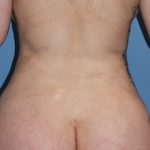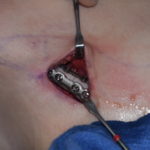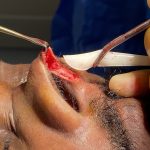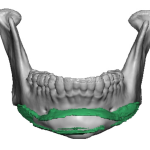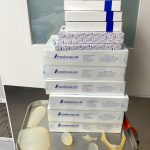Plastic Surgery Case Study – Temporal and Lateral Facial Implants for Facial Lipoatrophy
Background: Soft tissue atrophy of the face most commonly occurs due to aging or weight loss. There are also some well known medical conditions that also can cause it. This atrophy is primarily fat-related and most significantly affects the temporal and cheek areas where the largest subcutaneous and compartmentalized fat exists. Whatever the cause the Read More…

